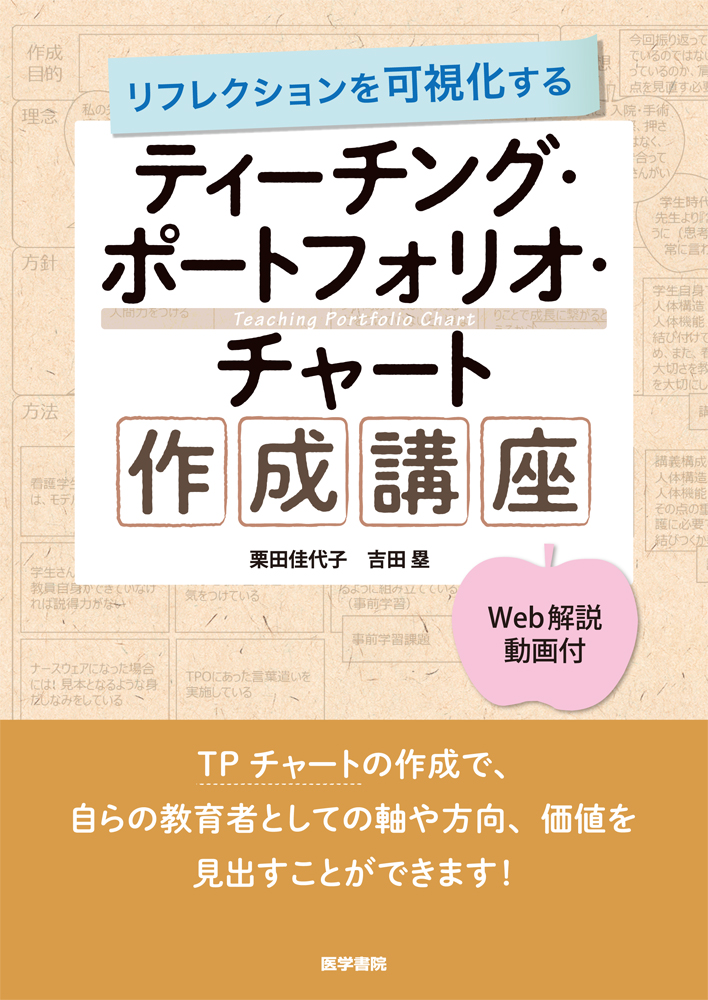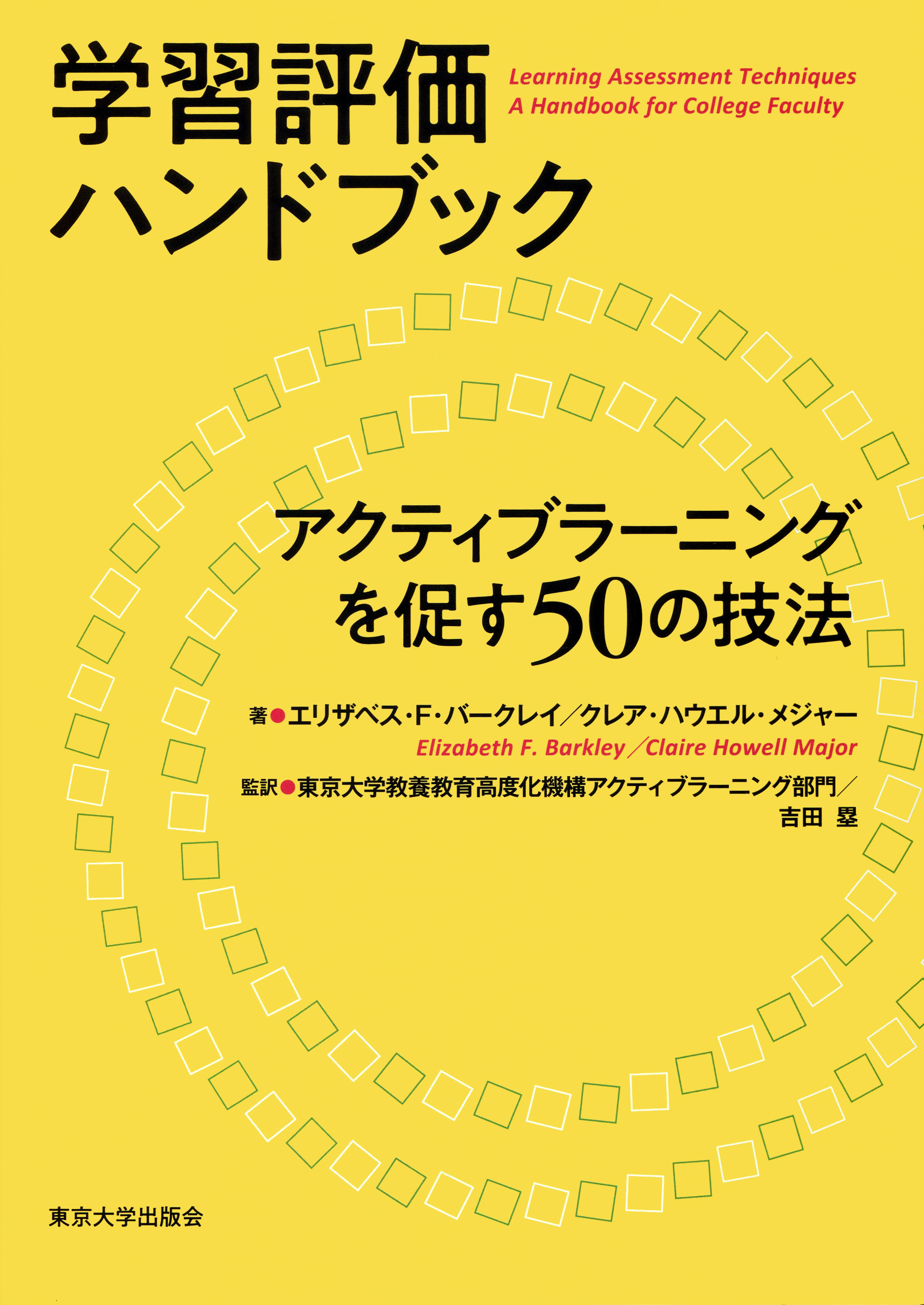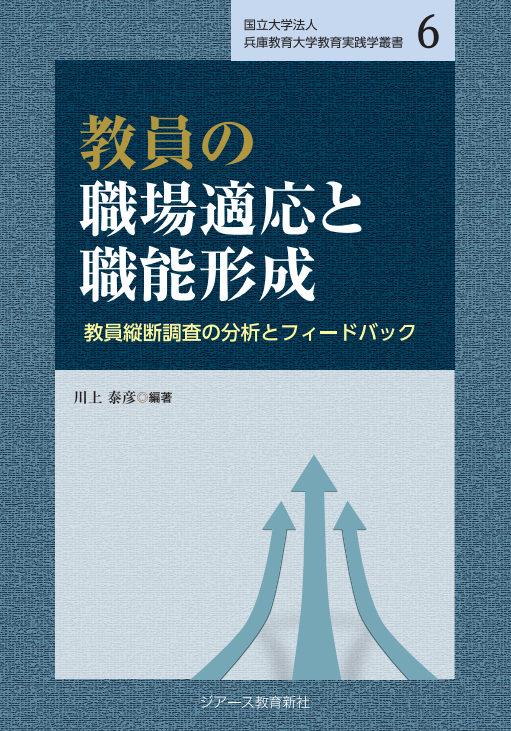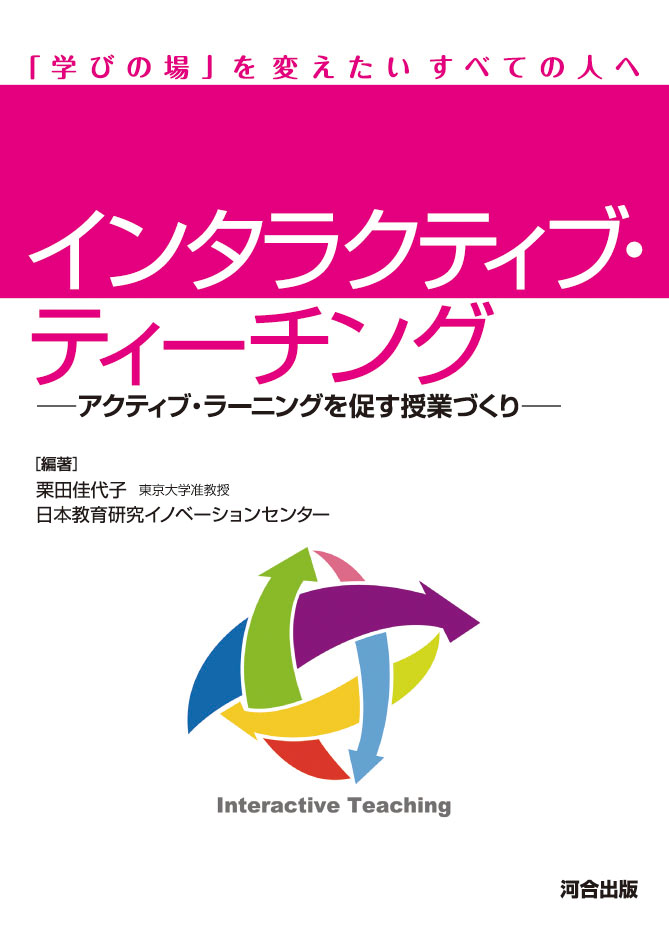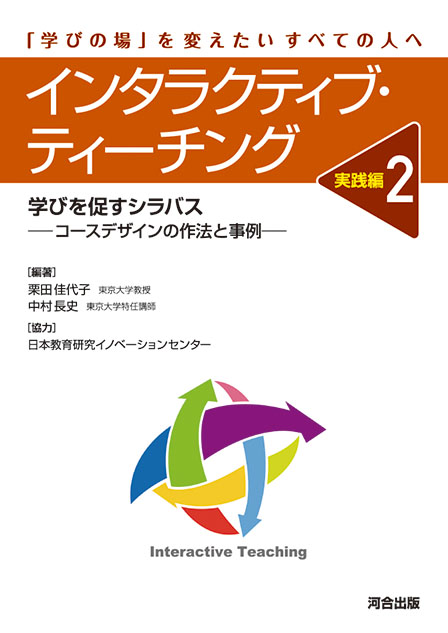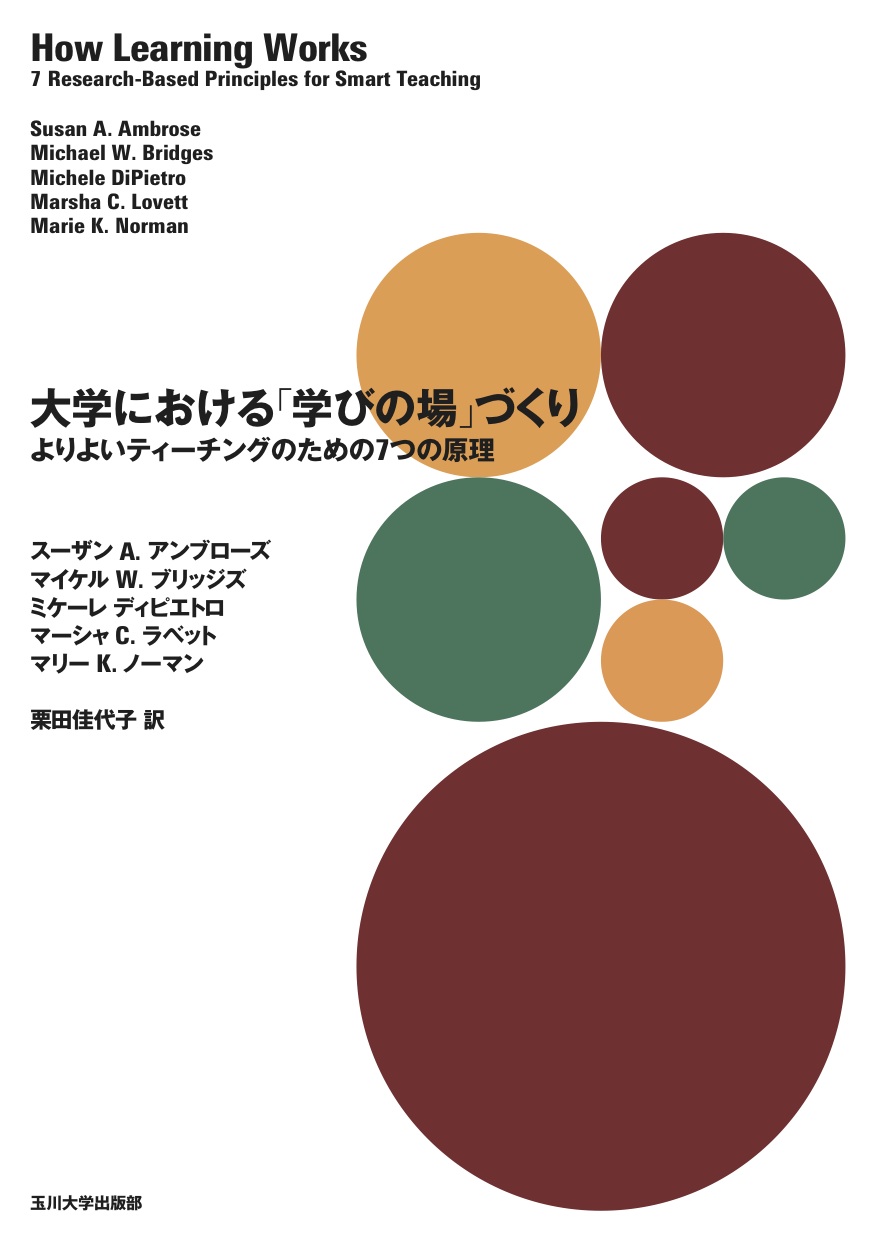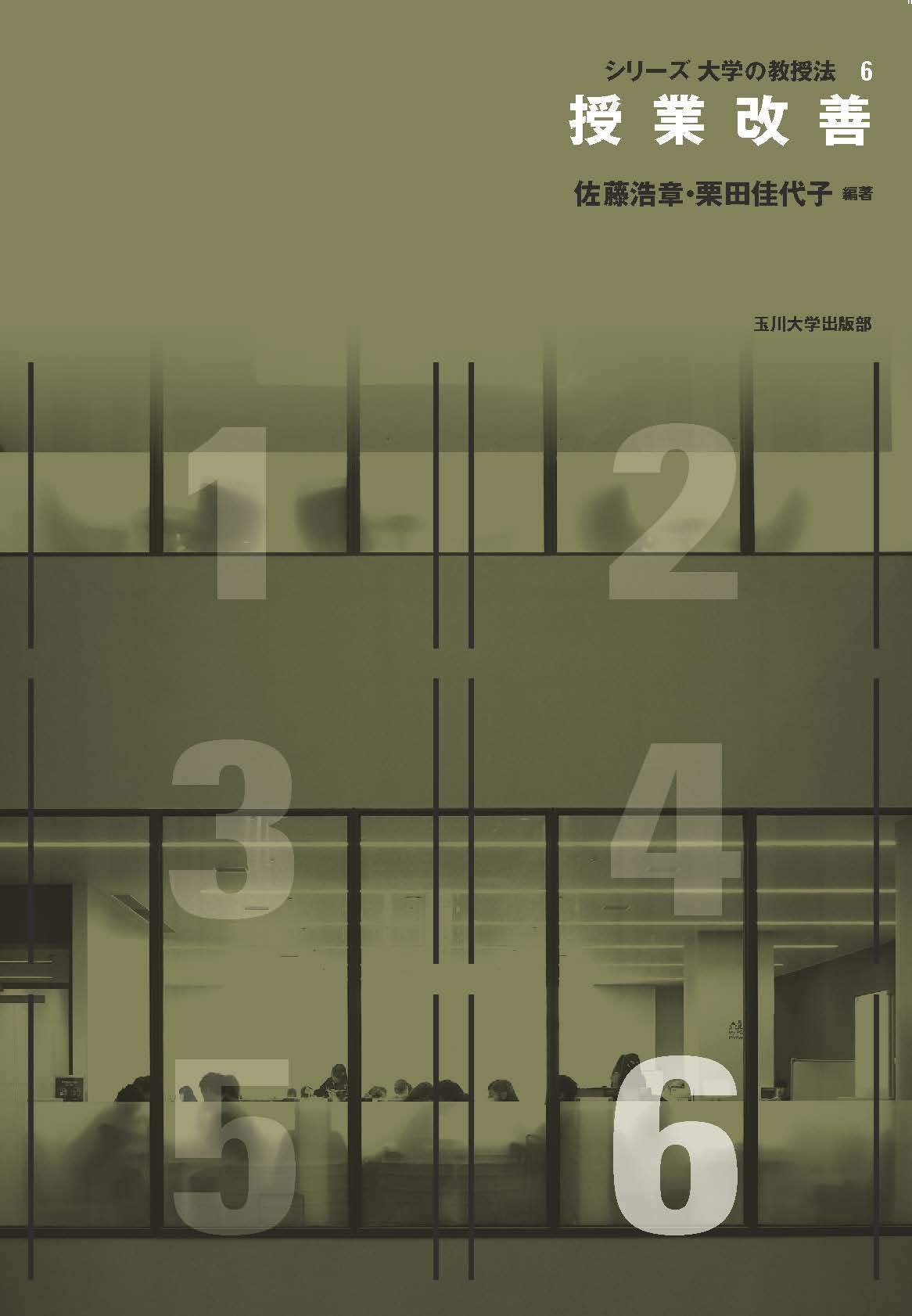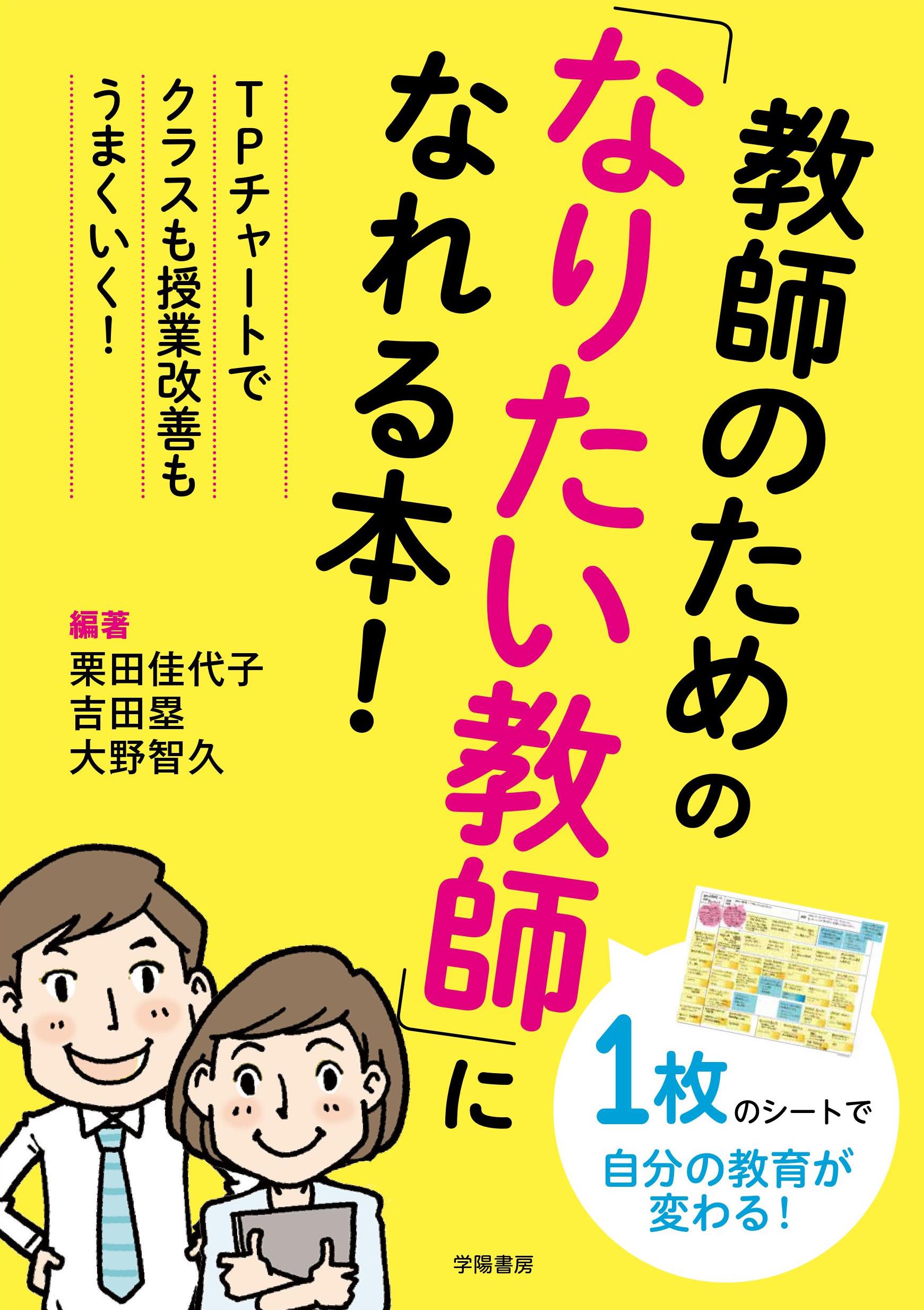
Title
Kyōshi no Tame no “Naritai Kyōshi” ni Nareru Hon! (A book for teachers to become the teacher they want to be! - Skillfully improve classes and lectures with TP charts!)
Size
144 pages, A5 format
Language
Japanese
Released
February 17, 2018
ISBN
9784313653429
Published by
GAKUYO SHOBO
Book Info
Japanese Page
Intended for elementary, middle, and high school teachers, this book introduces the TP chart as a tool for becoming the teacher one wants to be. It describes the significance of the TP chart, how to create it and use it, changes in teachers’ educational activities as a result of using the chart, and how train others in creating it.
TP Chart is an abbreviation for Teaching Portfolio Chart.The teaching portfolio (TP) mentioned in the name is a document that teachers create to visualize their own educational achievements and reflect on their educational activities. In Europe and North America, it is used by universities to evaluate a candidate’s educational achievements when hiring or promoting them. It is also used to improve instructors’ educational activities, and its popularity is growing in Japan. As another function, the TP chart also allow us to trace the process of reflecting on educational activities thanks to its structure.
Originally, the TP chart was developed by one of the authors to hold workshops for university professors in order to introduce teaching portfolios. To understand teaching portfolios, it is critical for us to know the value of reflection. However, this point is difficult to convey simply through verbal explanations. The TP chart was thus created with the aim to allowing participants to experience the value of reflection simply in a short period of time. The significance of reflection using the TP chart became widely recognized, and primary and secondary school teachers also felt the need to create TP charts, leading to the publication of this book.
The TP chart itself does not directly indicate the ideal image of the teacher they want to become. However, by writing down daily activities on the chart and reflecting on the reasons behind those activities, and then by filling in the blanks in the chart, users progressively discovers what is important to themselves—in short, how they want their students to grow and the kind of teacher they want to be. These reflections form one’s educational philosophy—the vision of the teacher one wants to become. Then, as users review the relationship between their educational philosophy and daily classroom practices, they realize deficiencies and address them by writing down goals for the next educational activities. By reviewing created TP charts, users gain a comprehensive and consistent view of their efforts and confidence in their own educational activities.
These days, there is an abundance of information on specific methods and teaching techniques to conduct good classroom teaching. Precisely because of that, teachers can easily feel confused. Meanwhile, having their hands full trying to solve daily classroom issues means that they often lose sight of the kind of student they want to nurture their students to become and their own vision as a teacher. We hope this book will help such teachers to take a step back, rediscover their educational philosophy, choose methods to achieve it with confidence, and engage students with renewed purpose. The case studies in this book show the reader concretely how teachers’ classroom practices changed as a result of creating TP charts.
This book explains step-by-step how a person can create a TP chart and use it for reflection on their own. However, teaching in the classroom is not something that a teacher should do alone. As teachers now are being asked to work together as a team, the TP chart can contribute to the formation of “team teachers” who take advantage of one another’s strengths by creating TP charts while dialoguing with one another. We thus recommend reading this book with fellow teachers. The second half of this book gives detailed instructions on how to conduct facilitation for creating TP charts.
Although the target audience of this book is elementary, middle, and high school teachers, we have found from creating TP charts that it is a framework that benefits not only planning and reviewing educational activities but also reflecting in general on how you are leading your life and how you want to be as a person. We recommend the TP chart to those seeking a tool to discover what it is they value.
(Written by KURITA Kayoko, Associate Professor, Center for Research and Development of Higher Education / 2020)



 Find a book
Find a book


